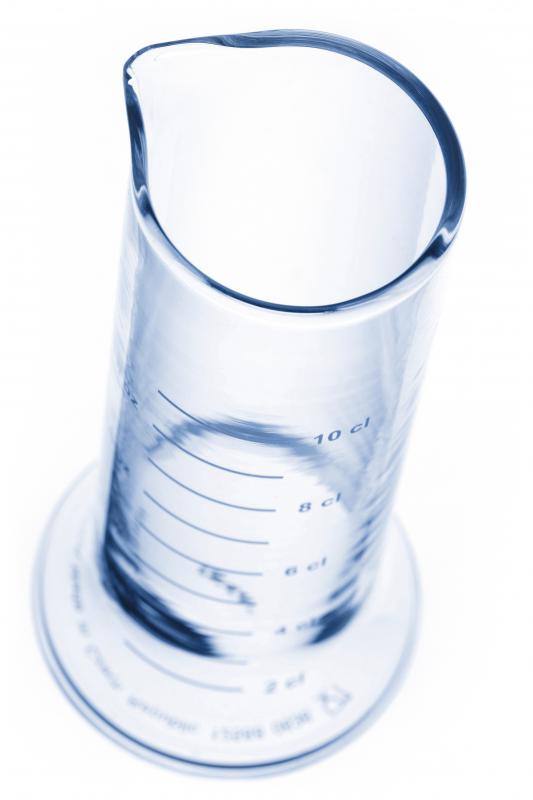At WiseGEEK, we're committed to delivering accurate, trustworthy information. Our expert-authored content is rigorously fact-checked and sourced from credible authorities. Discover how we uphold the highest standards in providing you with reliable knowledge.
What is a Wireless Rain Gauge?
A wireless rain gauge is an electronic device that measures and records daily rainfall in a rain collector and transmits the results wirelessly to a display panel. The wireless rain gauge always consists of at least two physical components — an outdoor rain collector and an indoor unit that receives measurement information from the rain collector. In addition to measuring rainfall, many rain gauges also have the capability to measure barometric pressure and outdoor temperature. These additional functions allow the wireless rain gauge to also act as a barometer and outdoor thermometer. Some gauges also measure the outside humidity and inside temperature and can be programmed to alert an alarm when they detect rain or ice.
Traditionally, a rain gauge is a graduated cylinder that requires the observer to walk outside, often during the inclement weather, to manually read the rainfall level. A wireless rain gauge, while not always as accurate as a standard gauge, has two major advantages over the traditional method. Because the data is transmitted to the display panel, which is kept indoors, the user can see the rainfall level without ever going outside. In addition, most gauges have self-emptying rain collectors, which eliminate the need to empty the collector prior to the rainfall in order to obtain an accurate reading. Electronic rain gauges also come in wired versions, but a wireless rain gauge is more versatile and easier to set up, as there are no wires to run between the collector and the display unit.

The earliest standardized rain gauge is thought to have been invented by Prince Munjong in Korea in 1441 and was used by his father, King Sejong, to determine land taxes. By distributing a standard size rain collector to each village, Sejong was able to tax the villagers based on the amount of rain they received, since greater rainfall meant greater harvests. The tipping-bucket rain gauge was invented by Christopher Wren in 1662. This type gauge works by measuring the number of times a lever is depressed by a known volume of rain.

In modern times, the data gathered by rain gauges and other weather measuring devices is used by atmospheric scientists, known as meteorologists, to predict future rainfall estimates. These measurements and predictions are particularly valuable to individuals in farming and other weather-related industries. Rain gauges are also used by individuals who are interested in the weather as a hobby.
AS FEATURED ON:
AS FEATURED ON:












Discuss this Article
Post your comments